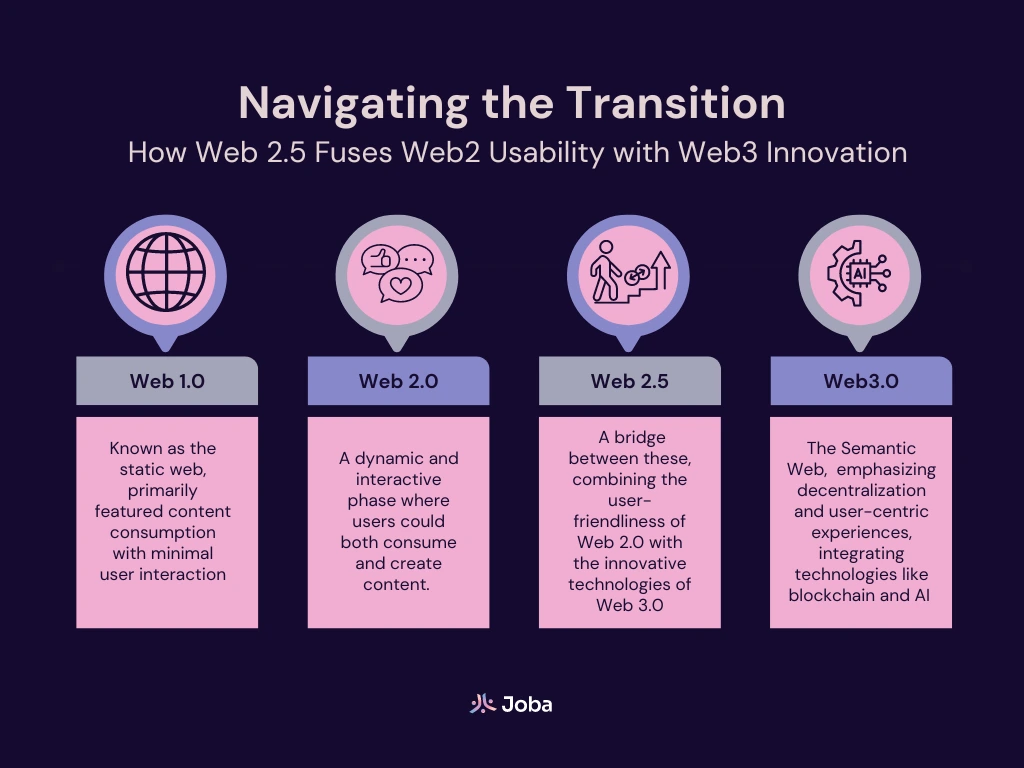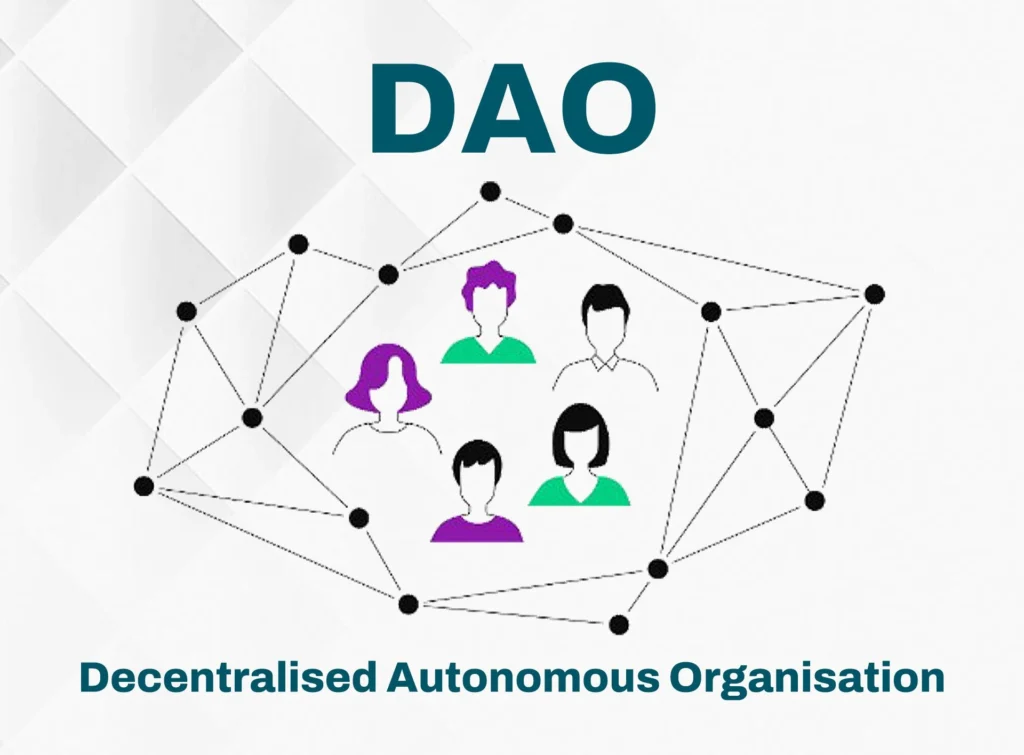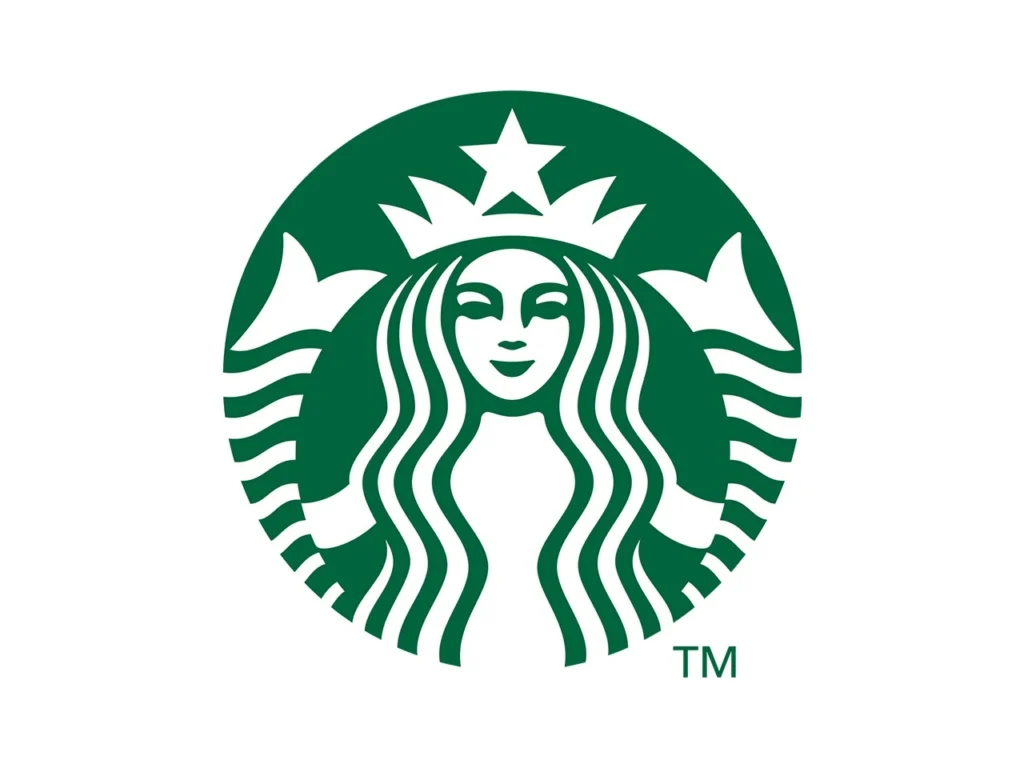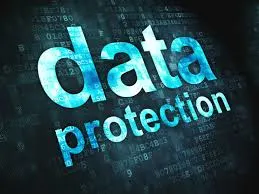Web2.5: Trendy Bridge or Just More Hype? Let’s Break It Down
You’ve probably heard of Web2. You’ve definitely seen Web3 making headlines (for better or worse). But now there’s this thing called Web2.5 — and yeah, it kind of sounds like a software update that forgot to commit. Still, the Web2.5 trend is being tossed around more and more — especially by startups, investors, and even a few major brands dipping their toes into blockchain. So, what is it? Why does it matter? And is it really something worth paying attention to?
Let’s dig in — casually, curiously, and with a few raised eyebrows.

What Is Web2.5, Exactly?
Here’s the gist: Web2.5 isn’t a full leap into decentralized utopia. Instead, it’s kind of a middle ground — a “bridge” between the centralized web we use every day (Web2) and the blockchain-based, decentralized vision of Web3.
It mixes familiar Web2 experiences (think smooth UX, email logins, credit cards) with bits of Web3 tech under the hood — like wallets, tokens, and on-chain ownership. Basically, it’s trying to sneak blockchain into your life… without asking you to become a crypto expert.
Sound appealing? Depends who you ask.


Why the Web2.5 Trend Is Catching On
Here’s the thing — Web3, for all its ambition, still feels a bit broken in places. The UX is clunky. Gas fees are annoying. And let’s be real, even setting up a wallet can feel like learning another language.
That’s where the Web2.5 trend comes in. It says, “Hey, what if we ease people in instead of expecting them to dive into the deep end of crypto Twitter?”
- Gaming companies are adding token rewards — but you still log in with your Gmail.
- E-commerce platforms are experimenting with NFTs as loyalty points — but you don’t need to know what “minting” means.
- Creators are selling digital goods with blockchain proof — while using Stripe to handle payments.
It’s like Web3… but with training wheels.


Wait, Is Web2.5 Just Web3 with a Mask On?
Some critics say exactly that. To them, Web2.5 is a watered-down compromise, clinging to the convenience of Web2 while pretending to be disruptive. A few go further — claiming it’s a marketing term to avoid scaring off non-crypto users.
And maybe that’s true — partly. But you could also argue Web2.5 is just being realistic. Not everyone wants to memorize seed phrases or join a DAO just to buy a pair of shoes.
Progress doesn’t always come in giant leaps. Sometimes, it looks like baby steps — messy, awkward ones.

Web2.5 Trend in Action: Real Use Cases (Yes, They’re Out There)
Let’s ground this a bit. Here’s where the Web2.5 trend is already playing out:
- Reddit’s avatar marketplace — uses NFTs, but users don’t need a crypto wallet to buy or sell.
- Starbucks Odyssey — a loyalty program with blockchain-based rewards, hidden behind familiar UX.
- Instagram’s short-lived NFT rollout — Web3 tech integrated into a Web2 platform (though Meta quietly pulled the plug… for now).
The goal in each case? Bring in blockchain benefits without scaring users away. Whether they succeed long-term? Still TBD.


Challenges Still Linger — Especially Legally and Technically
Even if Web2.5 sounds like a smoother ride, it’s not free from friction.
- Ownership? If a platform “custodies” your NFTs or tokens, do you really own them?
- Regulations? Mixing centralized services with on-chain assets opens up all sorts of legal weirdness.
- Security? When you blend both models, you often get… the vulnerabilities of both, too.
So yeah, Web2.5 may make things feel easier — but it doesn’t magically solve all the mess behind the scenes.


Final Thoughts: Web2.5 Trend — Stepping Stone or Detour?
So, is the Web2.5 trend the real deal? Or just another marketing buzzword that’ll fade faster than a metaverse launch?
Honestly… it could go either way.
What’s clear is this: people aren’t ready for a full Web3 jump — not yet. And maybe they shouldn’t be. Web2.5 offers a chance to experiment, learn, and maybe even build something that’s both usable and future-facing.
Whether it becomes the norm or just a stepping stone? Time will tell. But for now, Web2.5 is worth watching — if only because it’s trying to answer the question so many are asking: Can we have the benefits of Web3… without the headaches?
Let’s see where it goes.
Relevant Link : Here





